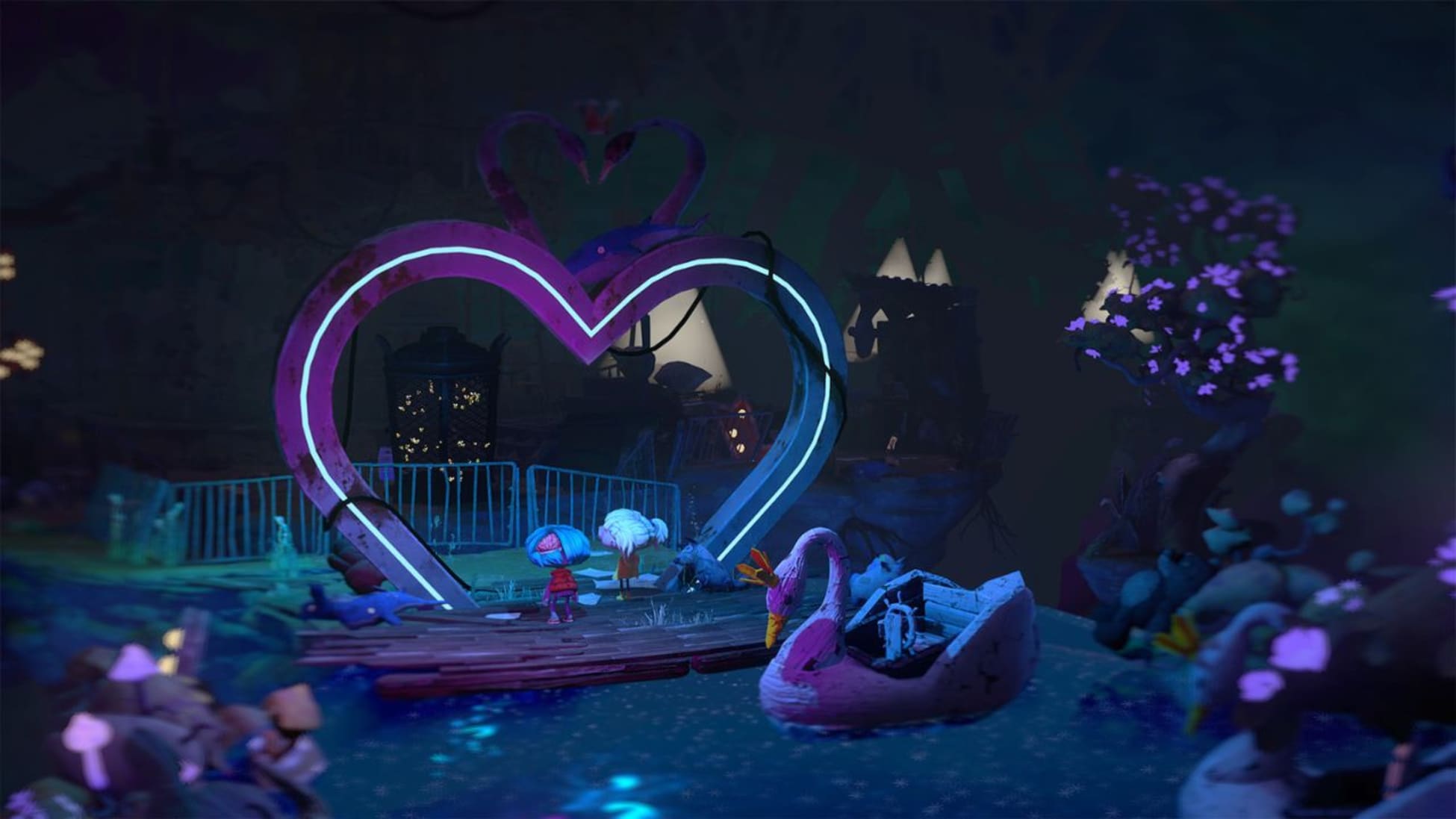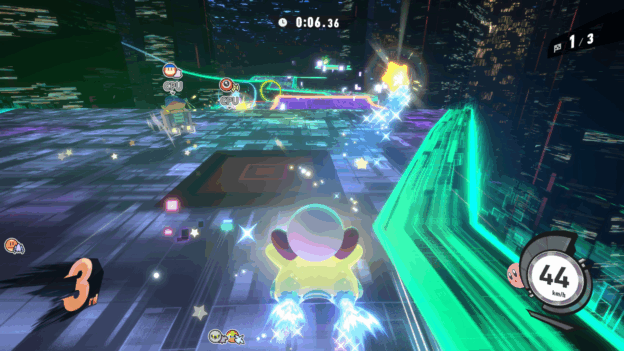Survival Kids Review – Review

Less emphasis on Survival and more on Kids.
A single glance at Survival Kids would not be nearly enough to make the connection back to the 1999 Game Boy title of the same name, and from the same publisher, Konami. The Game Boy release was a punishing, non-linear adventure that focused on real-life, stranded on a deserted island type gameplay. On Switch 2, however, we have a family-friendly co-op puzzle game that plays well, if not a little too safe. Different in a lot of ways, the two experiences do share an emphasis on crafting, and taking pages from Overcooked and Moving Out makes the 2025 game a bit more than meets the eye.
The premise sees a group of kids discover an old treasure map that sets them on a path towards adventure, but a storm leaves them stranded on a series of islands situated on the backs of giant turtles. After customizing your character, the first island functions as a tutorial for the primary mechanics like chopping wood, light crafting, cooking, and fairly simple puzzles. The difficulty ticks up slowly but really not to a point that I would consider daunting. Breezy platforming and dragging and throwing objects across pits or to ledges round out the gameplay loop. You have a stamina meter that drains quickly when you carry or climb anything, so you need to cook food to raise your energy level.
It’s clear from the outset that Survival Kids is designed around two things: cooperative gameplay and younger or less experienced players. There is a lot of built in repetition of simple tasks and a lot of handholding from the in-game narrator, in addition to a constant waypoint nudging you in the right direction, which can fortunately be toggled off. Those looking for a more rugged, complex experience may be bored halfway through the game’s four regions and stages that can take over 25 minutes to finish, but even playing mostly solo I developed an appreciation for how Survival Kids was introducing this popular genre to newcomers. The gradual adding of new crafting recipes and the repetition of specific mechanics like elevators and stamina requirements are sure to foreground incredibly common features in other video games, like Breath of the Wild. An interesting note about the co-op is that trees and rocks take longer to chop on your own compared to solo play, which encourages working together while simultaneously discouraging players from dividing and conquering.
What may entice more seasoned players or those who want to play with their younger kids are the stars awarded in each level for finishing under a certain time threshold and finding the carefully hidden treasure stones. It is worth noting that the timer display is toggled off by default, so check out the main menu options before diving in. Two-player co-op on a single Switch 2 splits the screen vertically, with two people also able to join up online with a lobby code. What should be a definite selling feature of Survival Kids is its ability to use GameShare, one person per console, to broadcast the game to two other Switch 2 or even original Switch consoles, for three-player co-op. I was able to try two-player splitscreen and GameShare to my Switch OLED, and both of those setups fared well.
Survival Kids has the potential to be a gateway for both of my kids, who are still early in their gaming journeys, to more advanced and challenging puzzle, action, and co-op video games. In-game achievements, various fruits, veggies, and fish, and more than two dozen hidden glyphs provide reason to revisit stages over and above earning more stars (which you’ll need to unlock some of the end-game content). While veteran players will almost certainly derive more multiplayer enjoyment from Switch 2 launch titles like Split Fiction or Fast Fusion, Survival Kids provides fun for the whole family, and it plays that role to a T.




